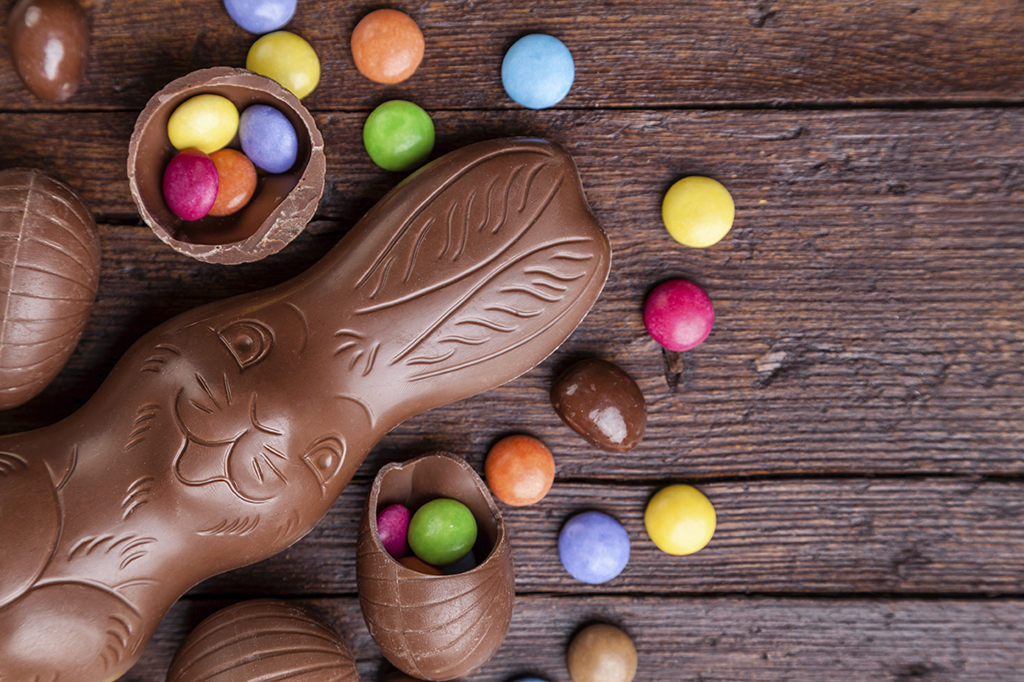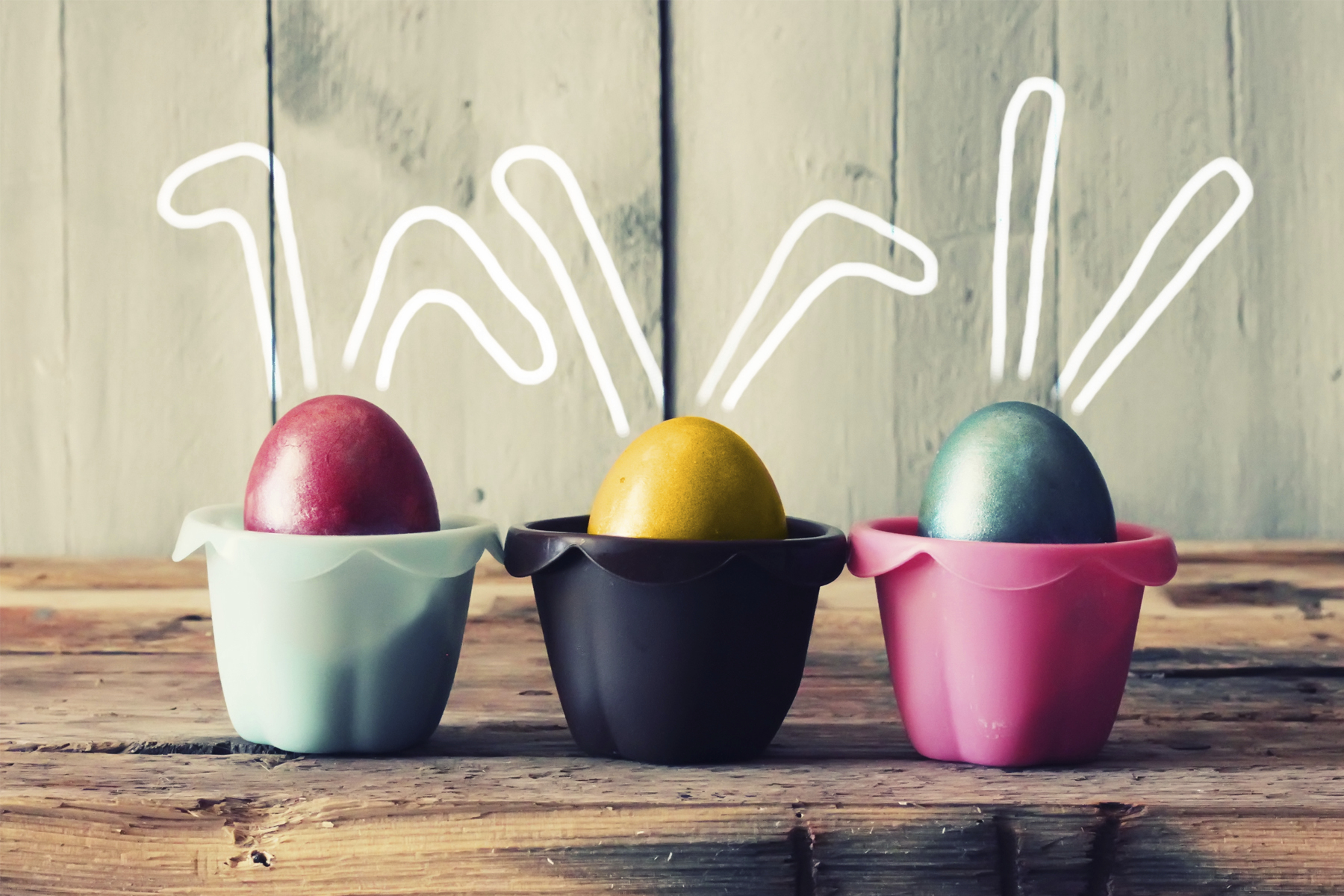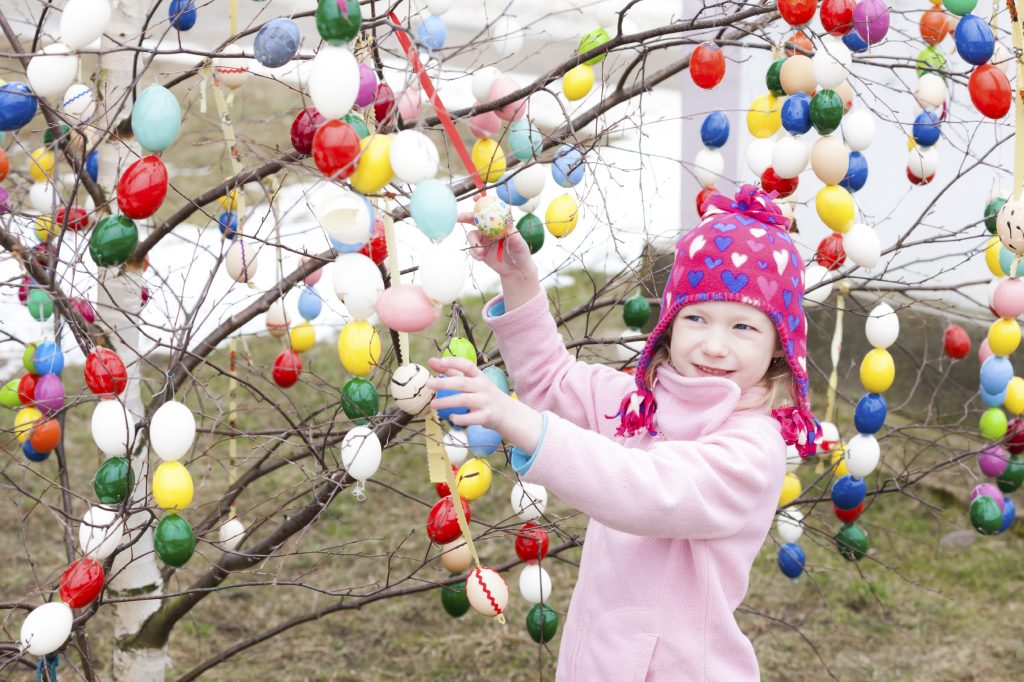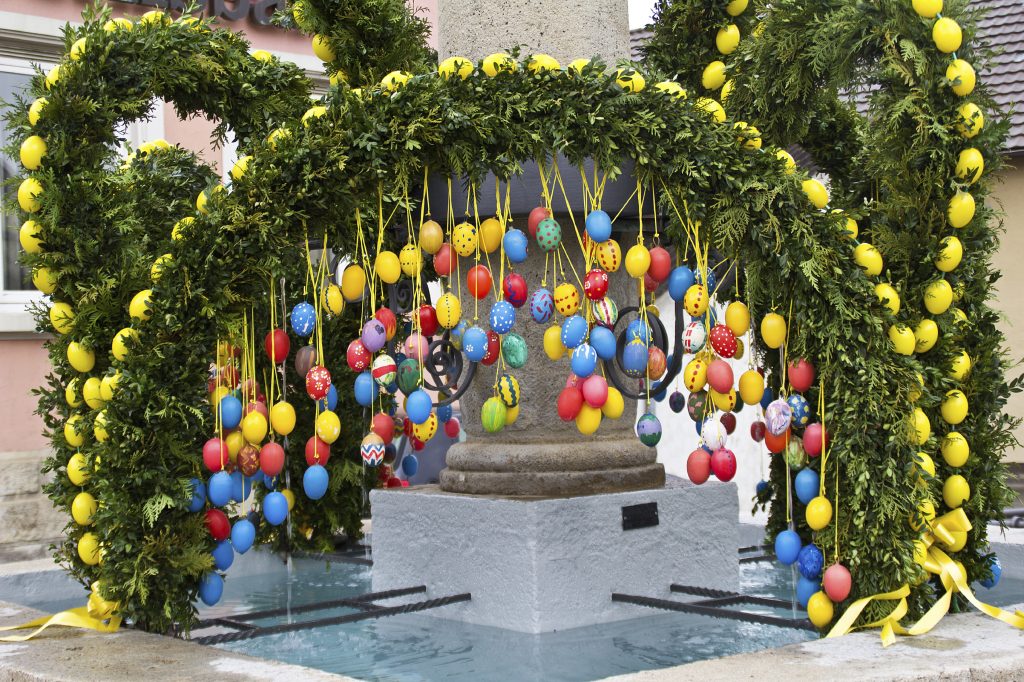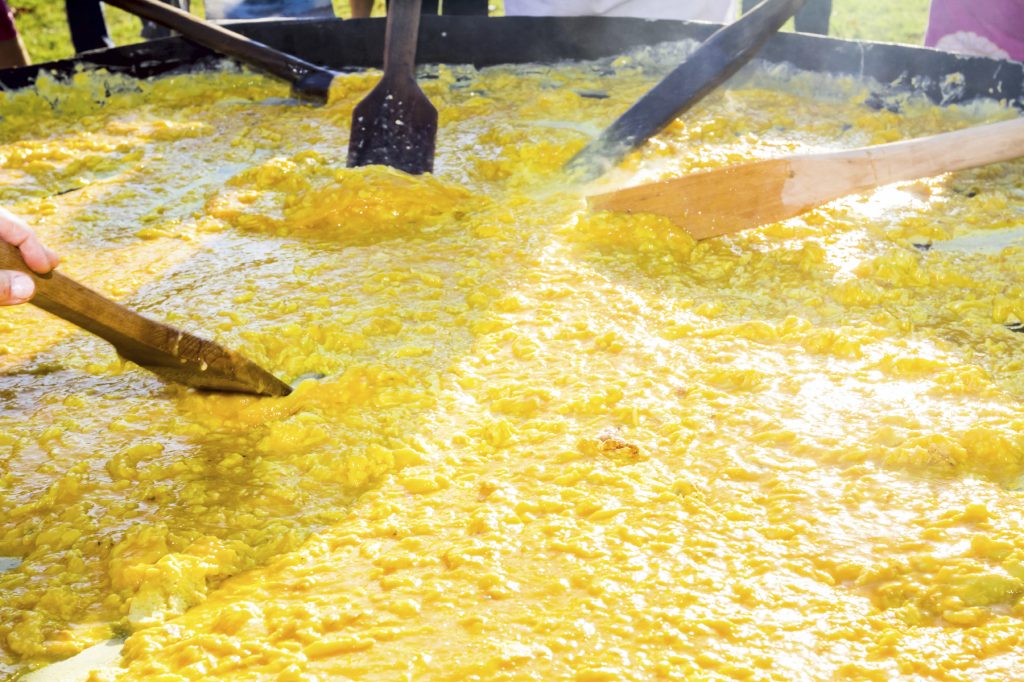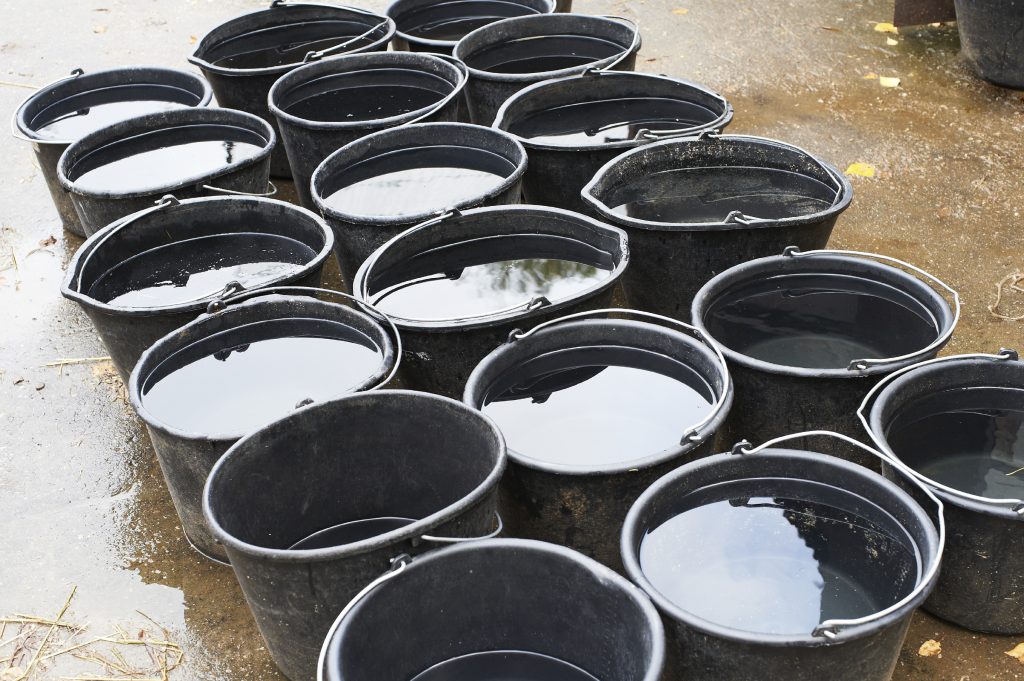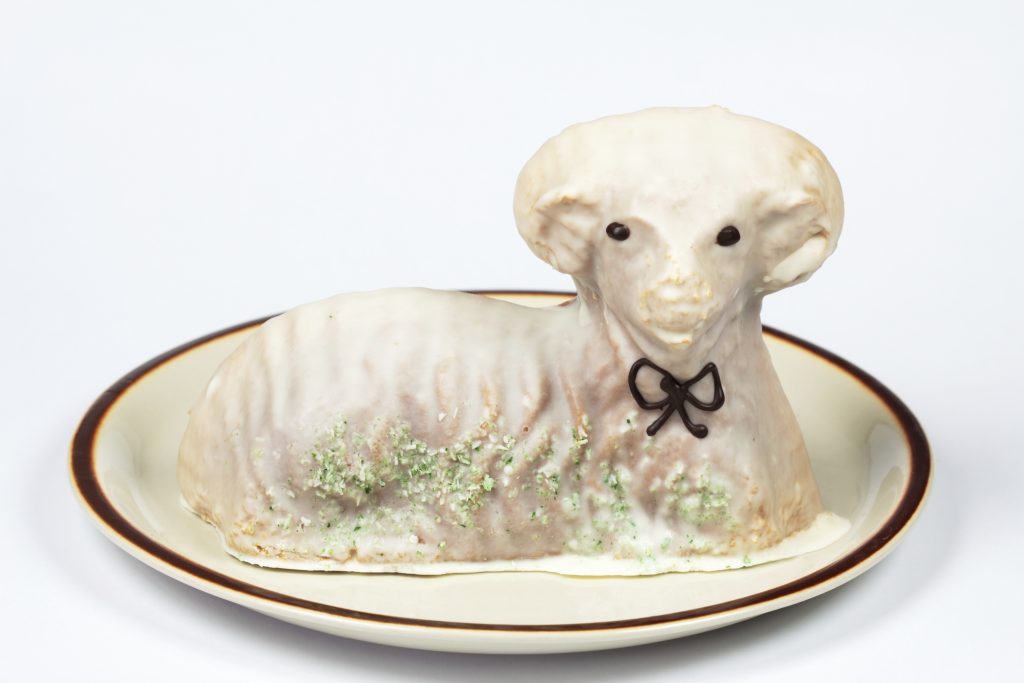Chocoholics rejoice! Easter is just around the corner and there are sugary treats aplenty lining aisles in almost every shop.
Hot cross buns, colourful candy and, of course, chocolate! It is one time of year you can be sure to get plenty of tasty treats to satisfy any craving.
Chocolate bunnies, chocolate eggs, even chocolate dinosaurs are on offer this year and it sounds like chocolate heaven, doesn’t it?
But, we can do one better by combining your love of chocolate and your love of travel! Where are the best places to get your chocolate-y treats? Some places are synonymous with the sugary treat, but, here are our unexpected top spots to satisfy your sweet tooth all year long.
Tuscany

Well known for its picturesque vineyards, you may be pleasantly surprised to hear that Tuscany is also home to what is known as ‘The Chocolate Valley’.
Based in a triangle formed between Florence, Pisa and Montecatini, the stunning Tuscan countryside is host to many gourmet shops and small factories producing some of the finest chocolate in Italy.
Some of the chocolatiers in the Valley offer cooking classes, factory tours and chocolate tastings so check in advance if you’re around one that offers these fun activities.
Barcelona

The Spanish were actually the first people in Europe to experience chocolate when it was brought back from South America and Barcelona is home to the first ever chocolate making machine that was built in the city in 1780.
There’s even a chocolate museum where you can learn all about chocolate, how it’s made and see some impressive chocolate sculptures and tastings, although we suggest you don’t mix the tastings with the sculptures, that probably wouldn’t go down too well.
Cologne
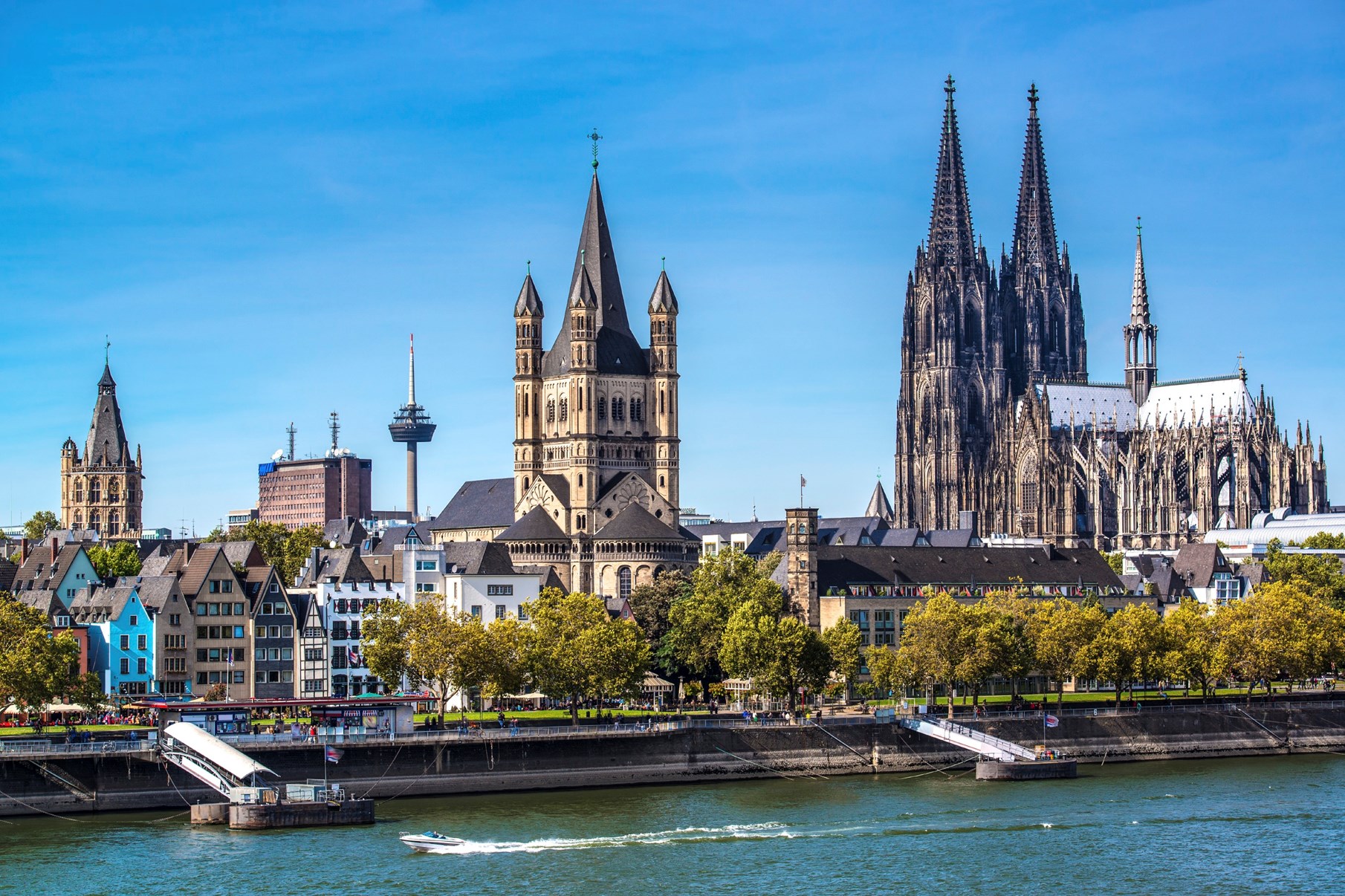
Looking for some great chocolate in Germany? Well, Cologne is the place to be! Once the second largest supplier of chocolate, with the Stollwerck Chocolate company, you can be sure to grab a great bite in Cologne.
Head to the chocolate museum for all sorts of chocolate-y goodness from learning about the history of your hot chocolate to a rather impressive chocolate fountain.
Zurich
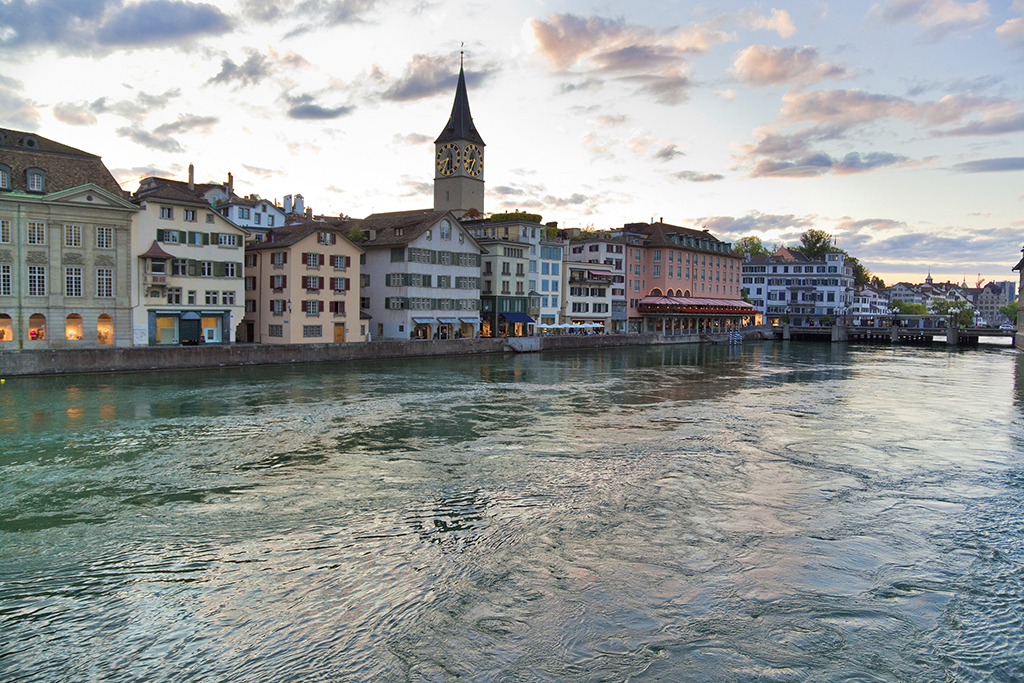
The holy grail of milk chocolate! In a country where more chocolate is consumed than anywhere else in the world (20lbs per person!), Zurich is the heart of Switzerland’s cocoa creations.
The home of the world renowned Lindt brand, one of the top destinations for a chocolate lover is the Lindt & Sprungli factory. Plus, there’s lots of free samples to try whilst you’re there.
The Bahnhofstrasse, also known as the most expensive street in Zurich, is host to some of the top chocolatiers in the world nestled in between the likes of Chanel and Armarni. Here you can pick up some delicious Champagne Truffles made with Dom Perignon champagne, butter cream and dark ganache. Delicious!
Paris

As the world’s gourmet capital, there’s no surprise that Paris also comes up trumps when it comes to chocolate too.
With dark chocolate being their speciality, Parisian chocolatiers are celebrated for making miracles from coco beans using original and high quality recipes.
With over 300 chocolate shops in the Parisian phone book, and host of the World Chocolate Master Championship, you can be sure to be in confectionery heaven in Paris.
Now, over to you, if you’re a chocoholic, where have you picked up the tastiest treat?

